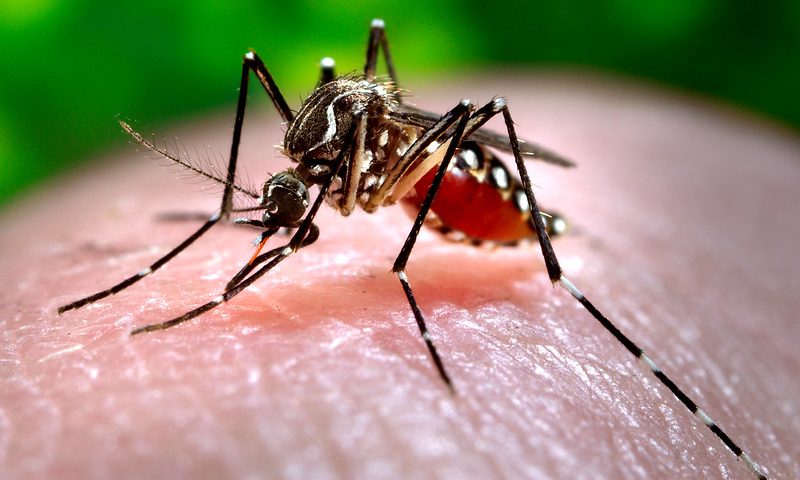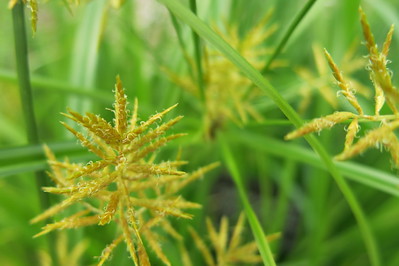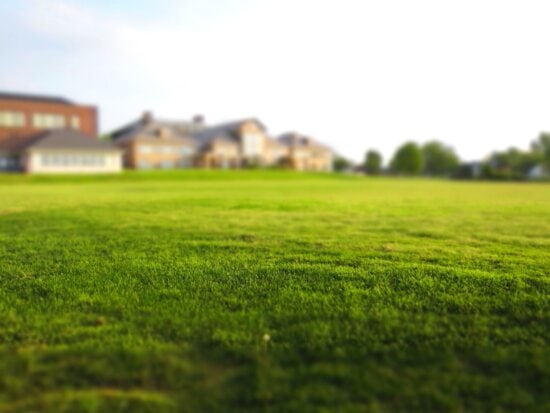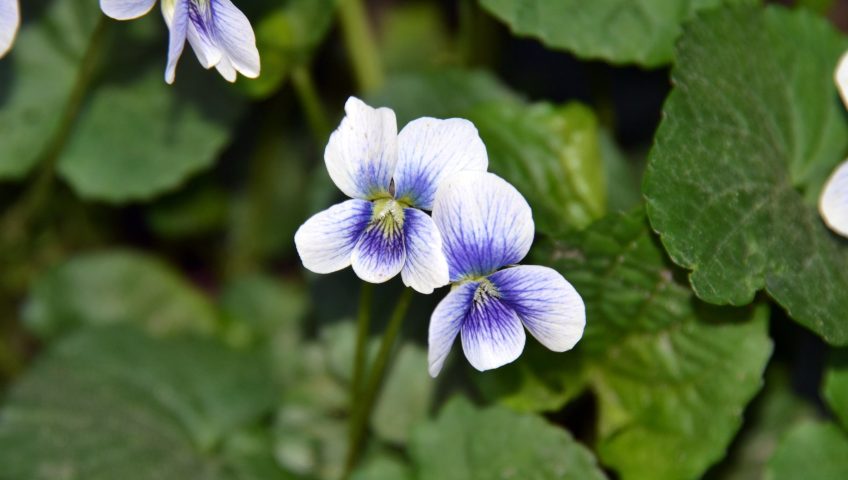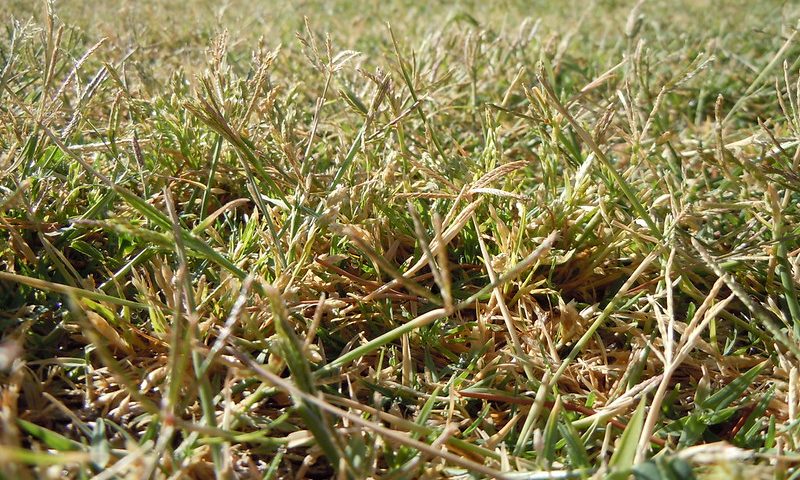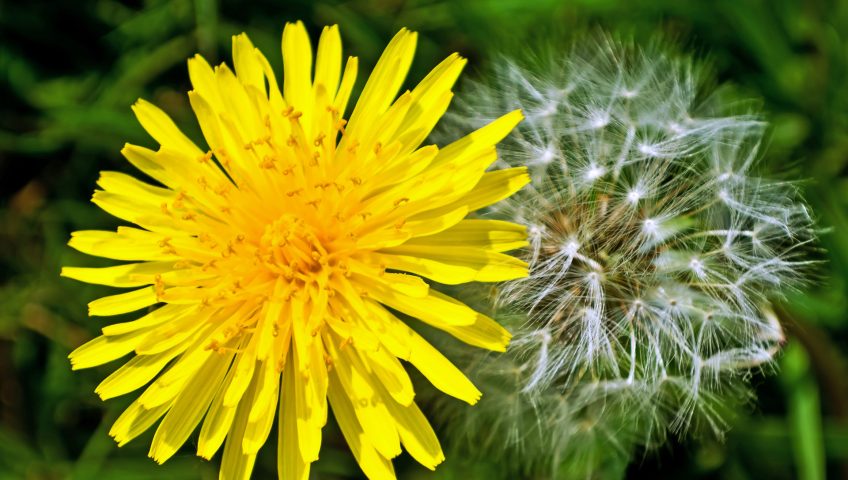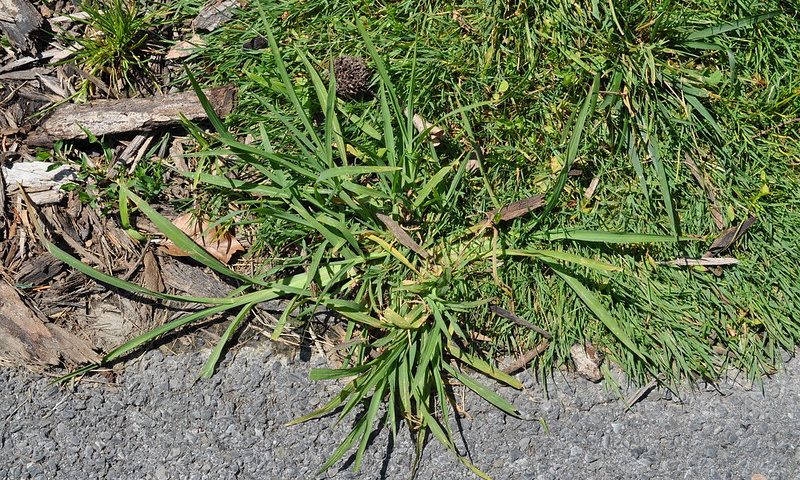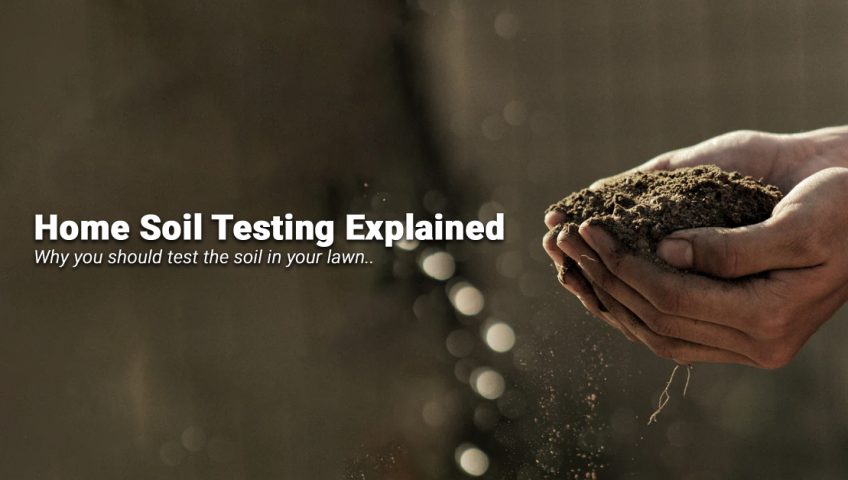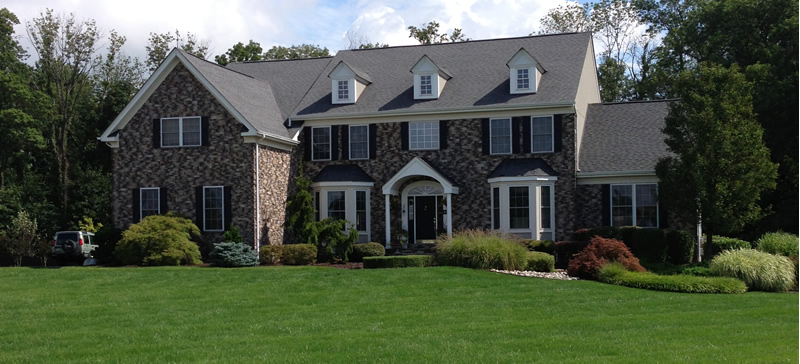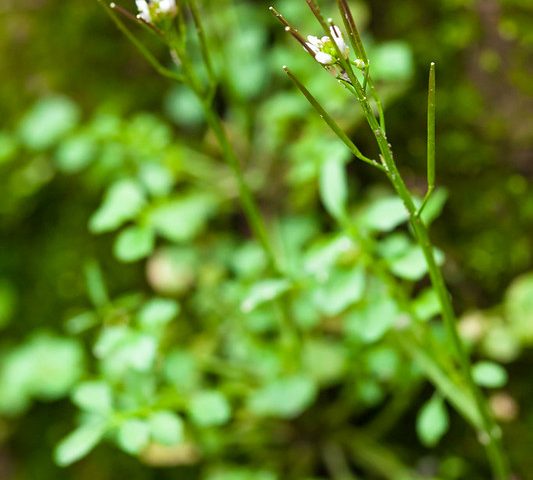
Bittercress Treatment in PA & NJ
Bittercress treatment is one of the more frequent year-annual services that lawn care teams will be asked to work on. With the winter months wrapping up, we are beginning to enter the spring season which signals the growth of all things green. While some of our favorite plants and flowers may begin to bloom, so too will many of the various weeds that lawn owners and growers will have to battle throughout the long lasting summer months.
A small flowering plant that you might begin to see in your lawn during this time of year is bittercress, a winter annual weed that can grow while soil conditions are still quite cold. Bittercress has a few defining characteristics, but is most recognizable for the small white flowers that grow along the vertical stems of the plant. It can be one of the most difficult winter lawn weeds to deal with, but luckily there are some steps that can be taken to effectively treat it and control its growth.
Understanding and Identifying Bittercress
As we jump into spring, some of us may begin to notice small plants with little white flowers beginning to emerge along the edges of our lawns, flowerbeds, and walkways. These newly visible weeds are likely growing populations of bittercress, a winter annual that forms during April and May. Bittercress is part of the group of winter annual weeds that are found amongst lawns and gardens primarily throughout the eastern portion of the United States. This means that lawns in New Jersey and Pennsylvania are especially prone to supporting the growth of bittercress.
A further unique trait of bittercress weeds is that they tend to prefer cooler soil, allowing it to spread quickly throughout yards, gardens, and flower beds, most prolific after early spring rains. The tiny flowers that develop along the stems of the plant eventually turn into long seed pods. Later once ripe, the pods will rapidly split open and begin to cast seeds throughout its surrounding environment, further adding to its ability to seemingly grow swiftly and with ease.
How to Effectively Treat and Control Bittercress
Despite some of the benefits that bittercress offers, such as its edibility, most property owners are going to seek to eliminate it before seed dispersal takes place. Handling bittercress can prove to be quite a difficult task to handle, as there are many different factors that must be considered when building a plan to treat it. Since bittercress is considered a winter annual, it grows during times when soil conditions are still relatively cold.
This makes it especially hard to treat because typical early season weed control methods are not effective because temperatures are typically too cold for them to achieve any real results. With ordinary temperature spikes, many plants such as bittercress will begin to grow but then quickly return to not growing once temperatures begin returning to normal. In order for conventional weed control products to work, the plants must still be growing. Effectively controlling bittercress takes very specific timing, and an advanced chemical treatment formula.
This is where the help of experienced lawn care professionals can help. Blue Grass Lawn Service specializes in treating early season bittercress, and can work with you to develop a plan to keep it away after your first lawn cutting. Our team has over 36 years of lawn care experience serving the many different needs of folks across Pennsylvania and New Jersey.
Check out our Facebook page for more lawn care tips!
Featured Image: "Hairy bittercress," by Melissa McMasters, licensed under CC BY 2.0
